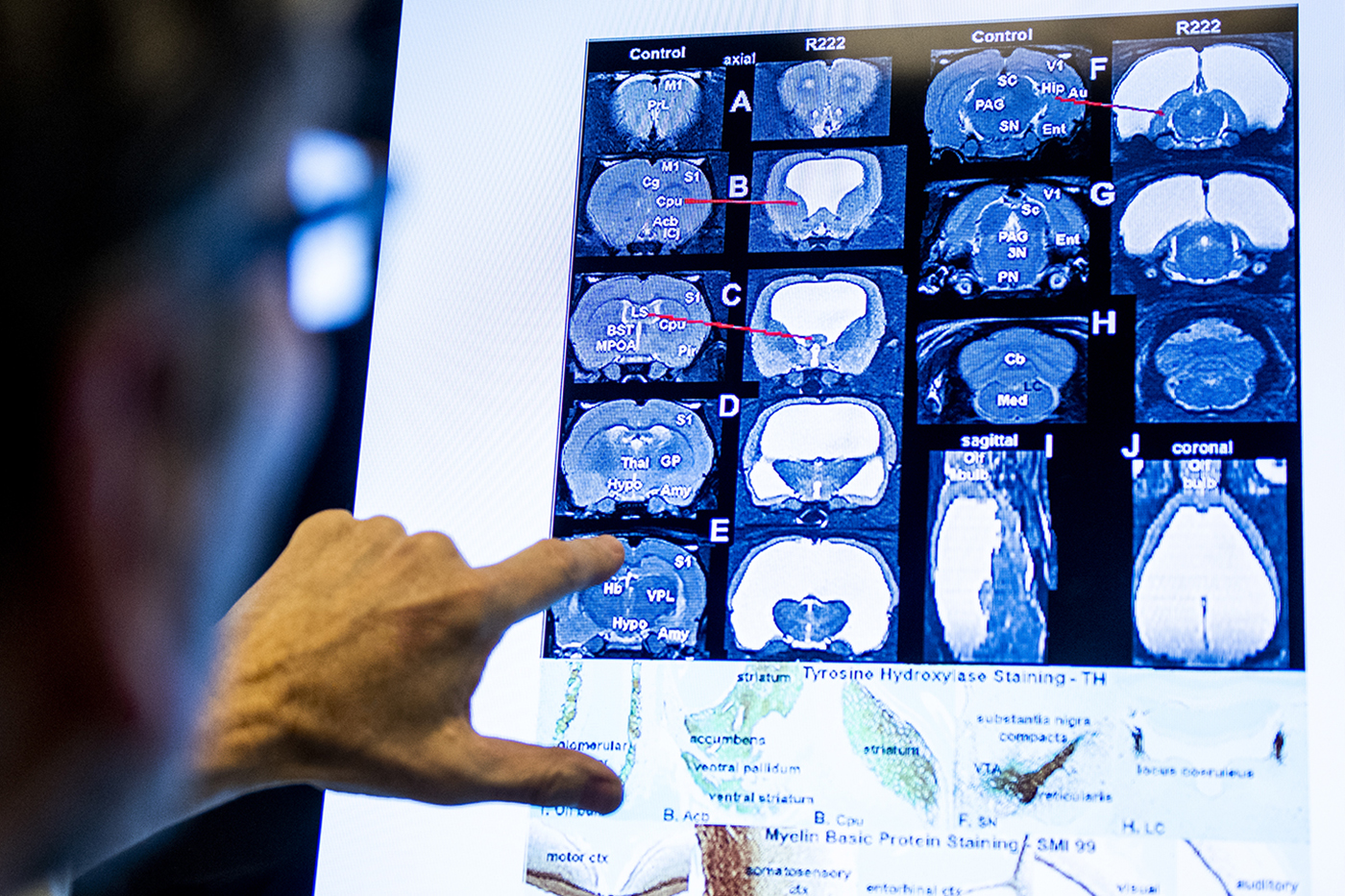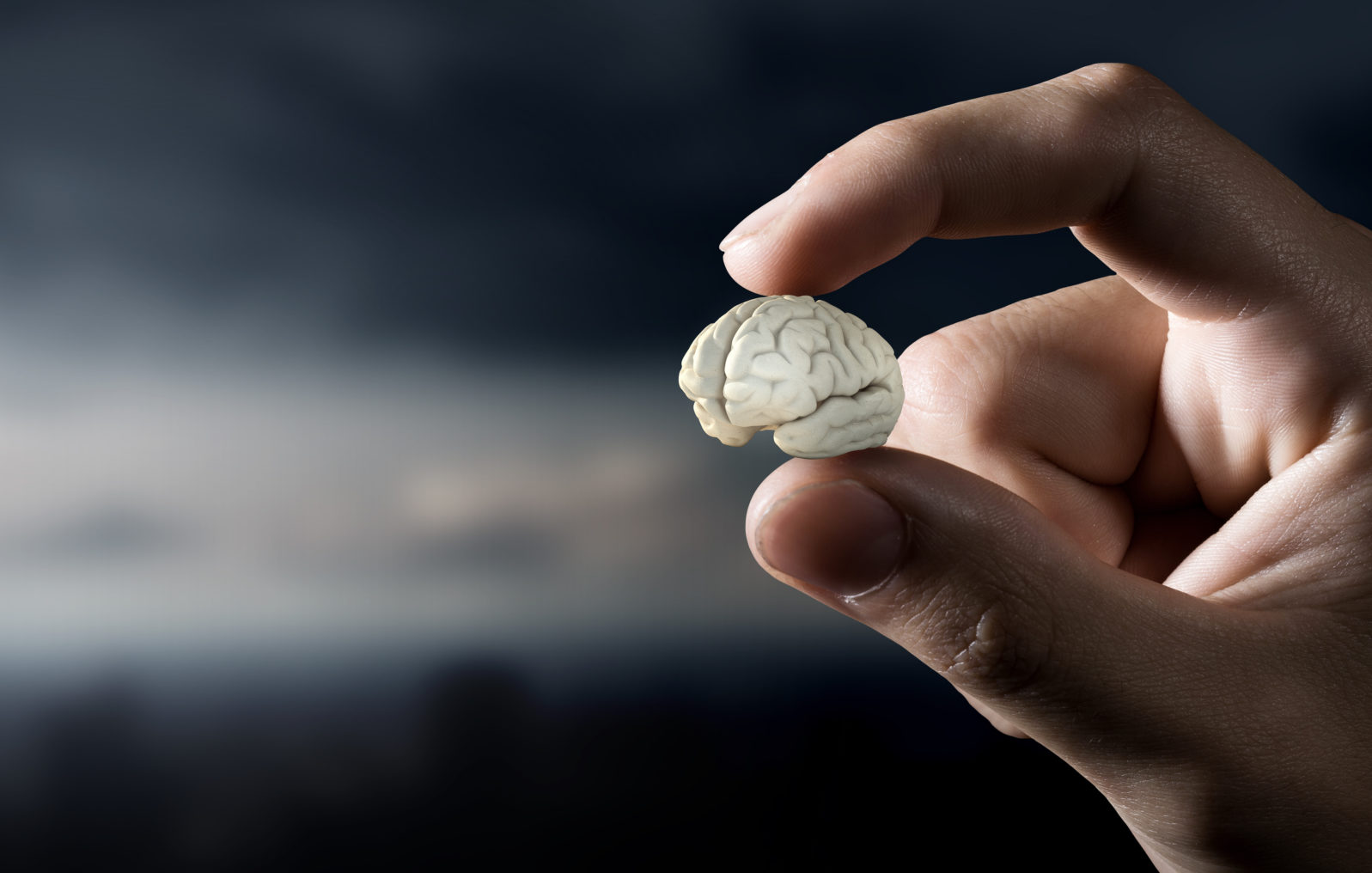Researchers Still Puzzled: Why Did Human Brains Shrink?
Human brain volumes decreased by 10% in the last 40,000 years, coinciding with spectacular intellectual achievementsWe conventionally associate big brains with intelligence. But the evidence from the present day and from history is uncertain:
It’s something of a well-known secret among anthropologists: Based on measurements of skulls, the average brain volume of Homo sapiens has reportedly decreased by roughly 10 percent in the past 40,000 years. This reduction is a reversal of the trend of cranial expansion, which had been occurring in human evolution for millions of years prior…
For instance, a 1988 Human Biology paper analyzed more than 12,000 Homo sapiens crania from Europe and North African. It showed cranial capacity decreased in the past 10,000 years by about 10 percent (157 mL) in males and 17 percent (261 mL) in females. A similar reduction was found among skulls from elsewhere on the planet, including sub-Saharan Africa, East Asia and Australia.
Bridget Alex, “The Human Brain Has been Getting Smaller Since the Stone Age” at Discover Magazine (April 8, 2019)
There is, of course, no simple relationship between brain size or even brain type and intelligence. Humans can be normally intelligent with very little brain. So can rats.

Anthropologist Brian Hare offers as an explanation for the human brain shrinkage: “survival of the friendliest” — “these early-emerging social skills evolved when natural selection favored increased in-group prosociality over aggression in late human evolution” — Annual Review of Psychology As Alex puts it at Discover Magazine, there is a general tendency to smaller brains among domestic animals: “Sheep, dogs and other domesticated species differ from their wild ancestors by a number of physical and behavioral traits. These include tameness, reduced timidity, juvenile appearance into adulthood and smaller brains.”
The trouble is, these non-wild traits are mostly bred into the domestic animals by the humans who feed and protect them. It’s not clear that brain shrinkage among the humans who are doing the animal breeding can be accounted for in the same way. It’s not even clear that smaller brain size is needed, in principle, for co-operation or sociality.
Some researchers have turned to relative brain sizes among ants, mostly a social species, for answers:
Perhaps, the authors suggest, the human brain has been similarly shaped by collective intelligence, where knowledge can be shared and distributed among a colony or community.
With the dawn of human society, they further explain, human knowledge could be externalized and passed on to others in the group, distributing information among multiple people instead of storing it all in each person. The cutting of this ‘intellectual fat’ could, theoretically, free up the brain to become more efficient at a smaller number of jobs.
“If group decision-making generated adaptive group responses exceeding the cognitive accuracy and speed of individual decisions and had a fitness consequence,” the authors suggest, “then human brain size may have decreased as a consequence of metabolic cost savings.”
Carly Cassella, “Ants Could Help Explain Why Our Brains Mysteriously Shrank Thousands of Years Ago” at ScienceAlert (22 October 2021)
The paper is open access.
One type of ant that garnered a lot of attention for a naturally shrinking brain is the Indian jumping ant (Harpaghnethos saltator), one of the few types of ant where becoming a colony queen is the outcome of a competition between workers (female ants). Biologist Clint Penick explains:
Their worker ants have the ability to mate and reproduce. So when the Indian jumping ant queen dies, “it actually triggers a dominance tournament. And they’ll fight each other over a month to decide who’s going to be the next ant to replace the queen.”
James Doubek, Peter Breslow, “The Incredible Shrinking And Growing Brains Of Indian Jumping Ants” at NPR (April 18, 2021)
The few winners of the antennae jousts, who then lay eggs, had brains that shrunk by 19%, Penick and his colleagues reported (open access). But when the researchers removed winners from their colonies, their brains regrew. They stopped laying eggs, becoming workers again.
Oddly, former-queen workers who tried to come back but were still able to reproduce were detained by other workers in “ant jails” until the reversion to their worker status was complete (probably because they didn’t “smell right”).
Do other life forms shrink their brains? Well, sometimes. National Geographic reports,
Significant changes in brain size and complexity have been recorded in a few other species, such as hibernating ground squirrels and some birds. For example, white-crowned sparrows will grow as many as 68,000 new neurons when breeding season begins to help them learn new mating calls. By winter, when food is scarce, an equivalent number of neurons die back. When spring returns, the cycle repeats. But the phenomenon is new for insects.
Troy Farah, “These ants can shrink and regrow their brains” at National Geographic (April 13, 2021)
But all these instances in animal life forms are cyclical recurrences. They don’t resemble or appear related to the apparent shrinkage of human brain size since the Stone Age. That shrinkage coincided with spectacular intellectual achievements. In this situation, animal models have not provided much insight because nothing similar, that we have recorded, has happened to the animals.
The brain, while it offers countless mysteries to research, is not the same thing as the mind.
You may also wish to read: Your mind vs. your brain: Ten things to know
